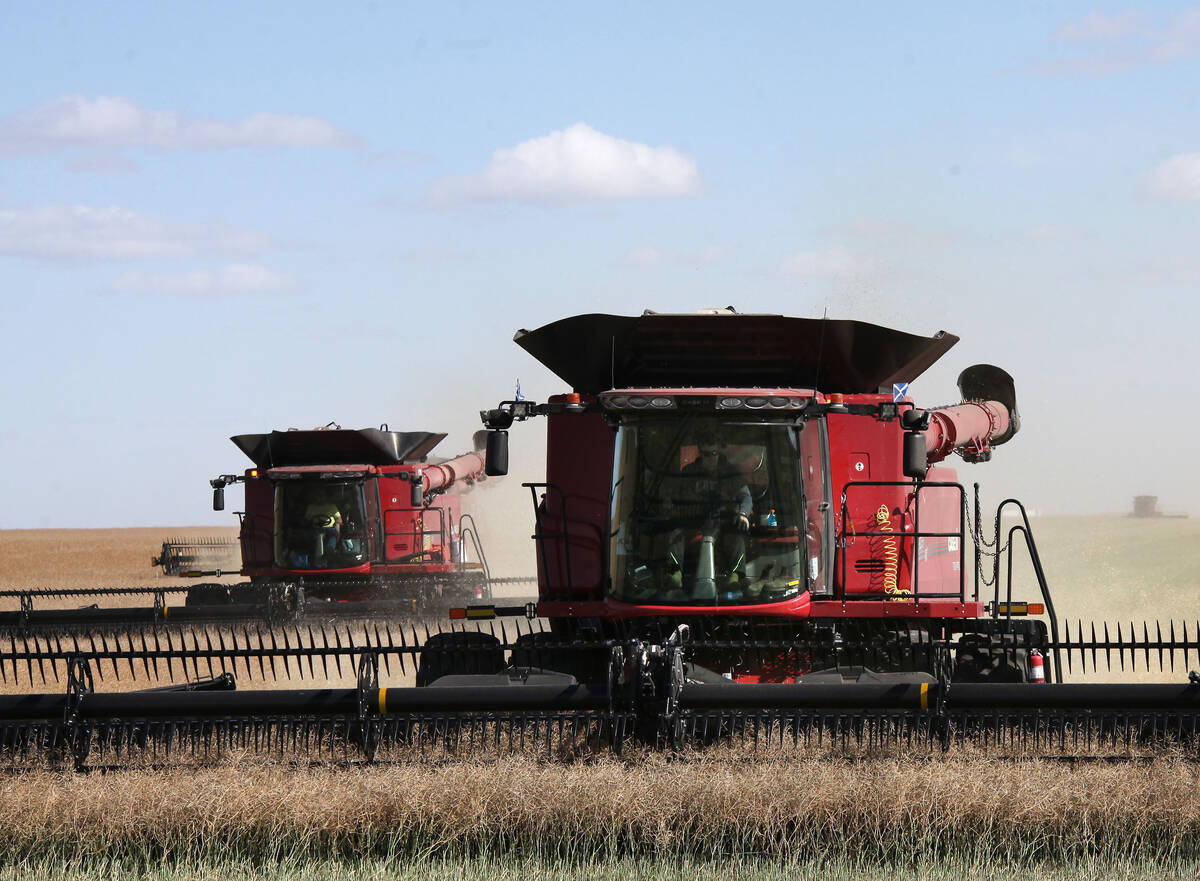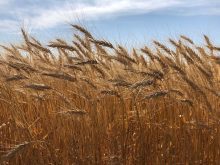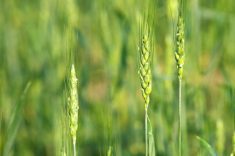A slow spring melt across North and South Dakota will delay seeding operations for sunflowers in the two states where the bulk of the U.S. crop is grown.
However, actual area to sunflowers may end up beating early expectations, as it’s one cropping option that does well when seeded later, said an official with the National Sunflower Association.
“If we have a late planting season, that actually favours sunflowers because (the crop) can be planted later and still have very good yields,” said John Sandbakken, executive director of the Mandan, N.D.-based association.
Read Also

Calling for bigger crops ahead of StatCan report
Statistics Canada will release its first survey-based production estimates for the 2025/26 crop year on Dec. 4, with general expectations for upward revisions to most major crops from the model-based estimates in September. However, as StatCan has shown a tendency to underestimate production in its December reports, many analysts expect actual production may be revised upward in subsequent reports.
Other crops, such as corn, canola, soybeans and wheat would see more of an impact on yield from the late planting, he said.
“People can easily plant (sunflowers) in June and still have a good crop,” said Sandbakken, adding that sunflowers are also less susceptible to frost damage in the fall compared to other options.
At the end of March the U.S. Department of Agriculture forecast total U.S. sunflower area in 2013 at 1.684 million acres, down slightly from 1.919 million acres the previous year.
Now, Sandbakken said, “you could take most of those numbers and throw them out… as people are reassessing where they’re at,” and weather and market signals were both shifting some interest back toward sunflowers.
New-crop cash bids for oilseed sunflowers can currently be found around US23.5 cents per pound, according to NSA data — about a penny higher than old-crop spot prices.
— Phil Franz-Warkentin writes for Commodity News Service Canada, a Winnipeg company specializing in grain and commodity market reporting.















